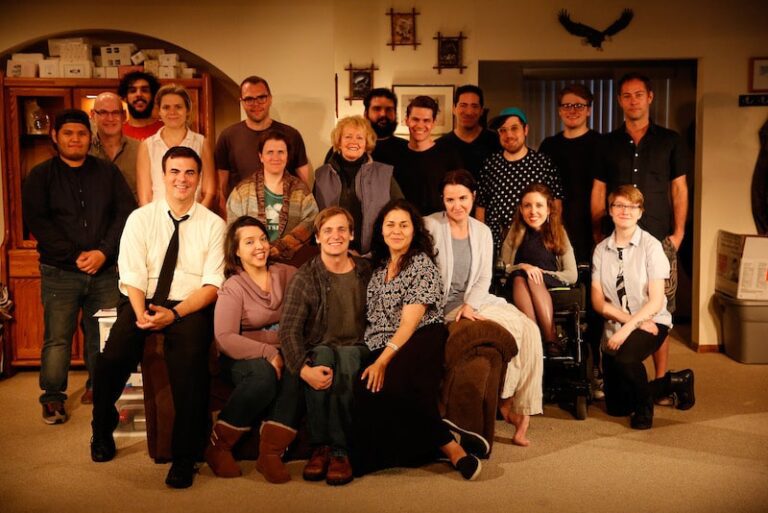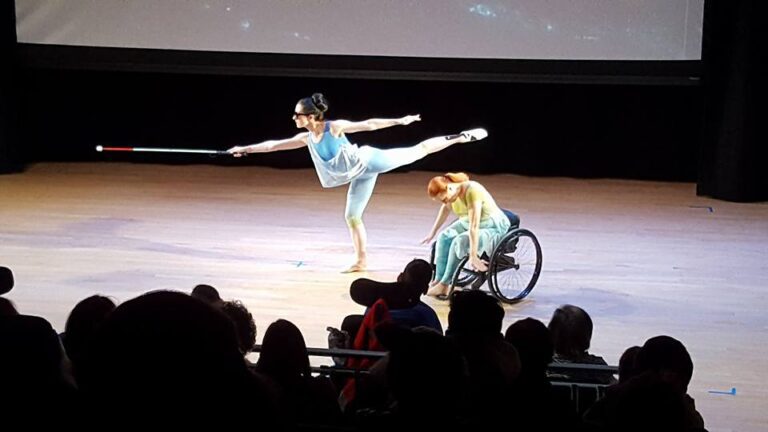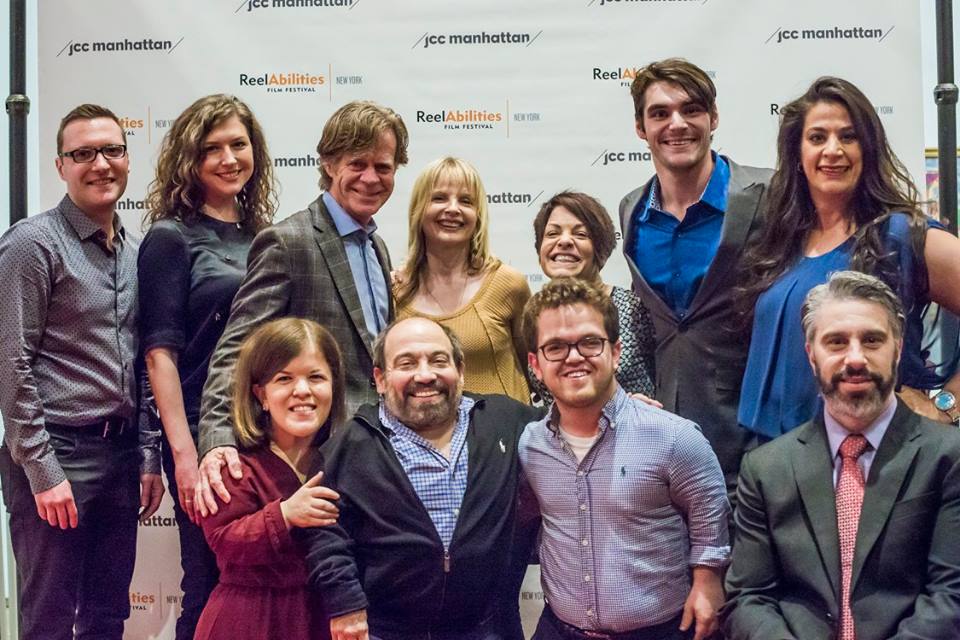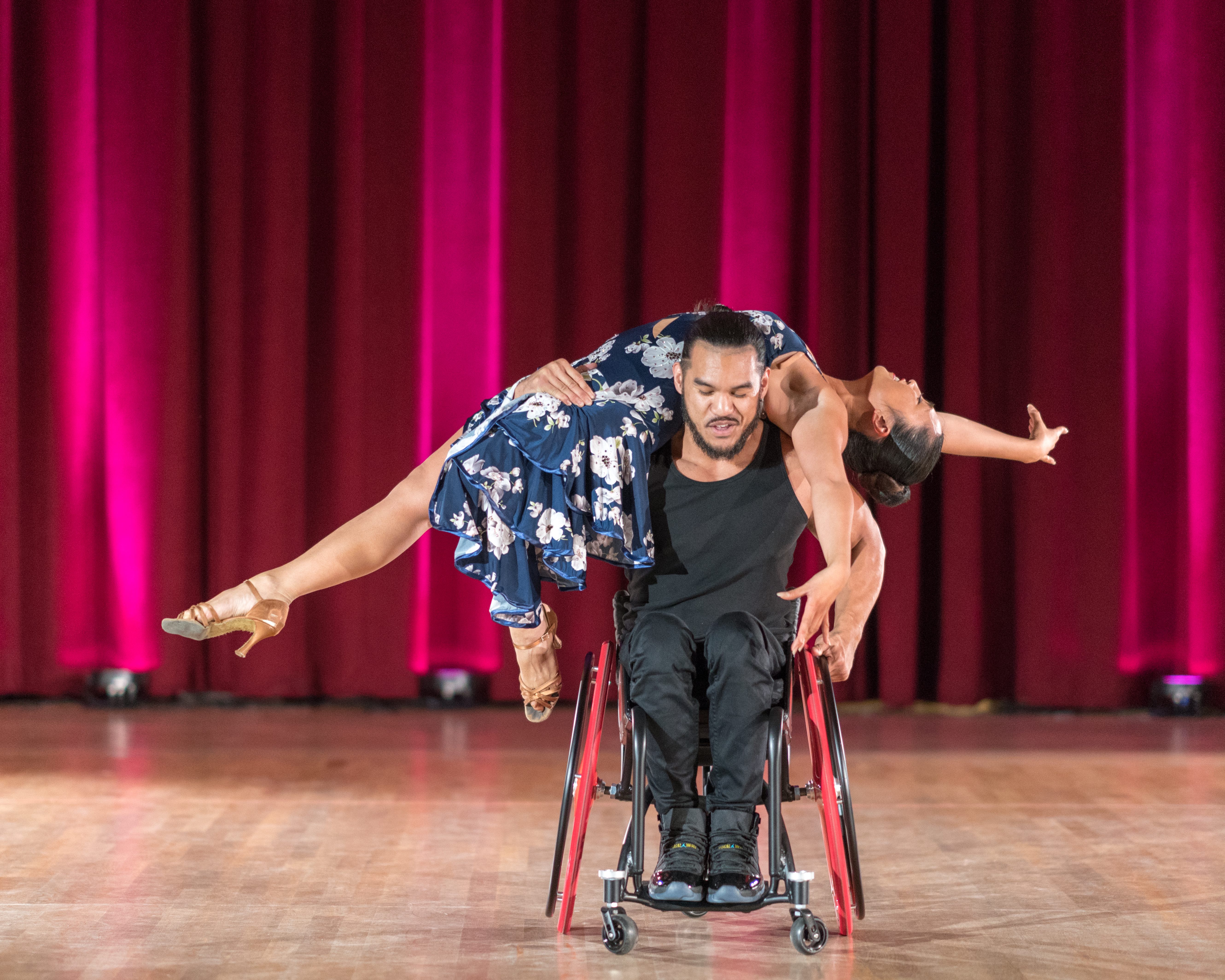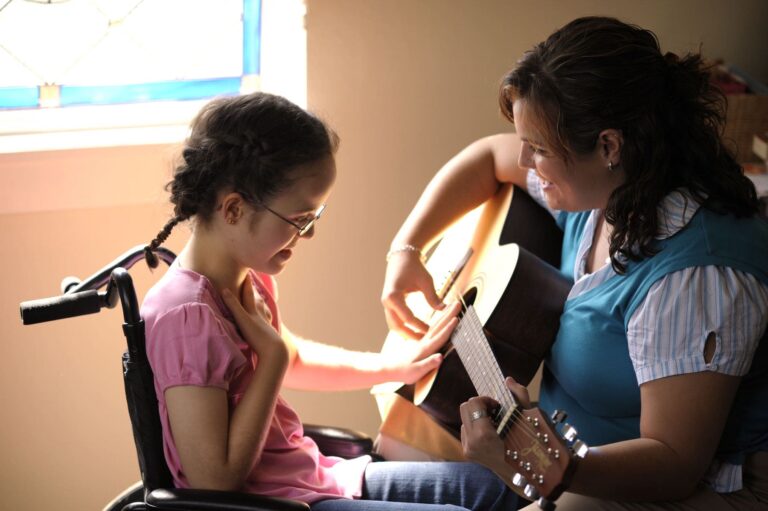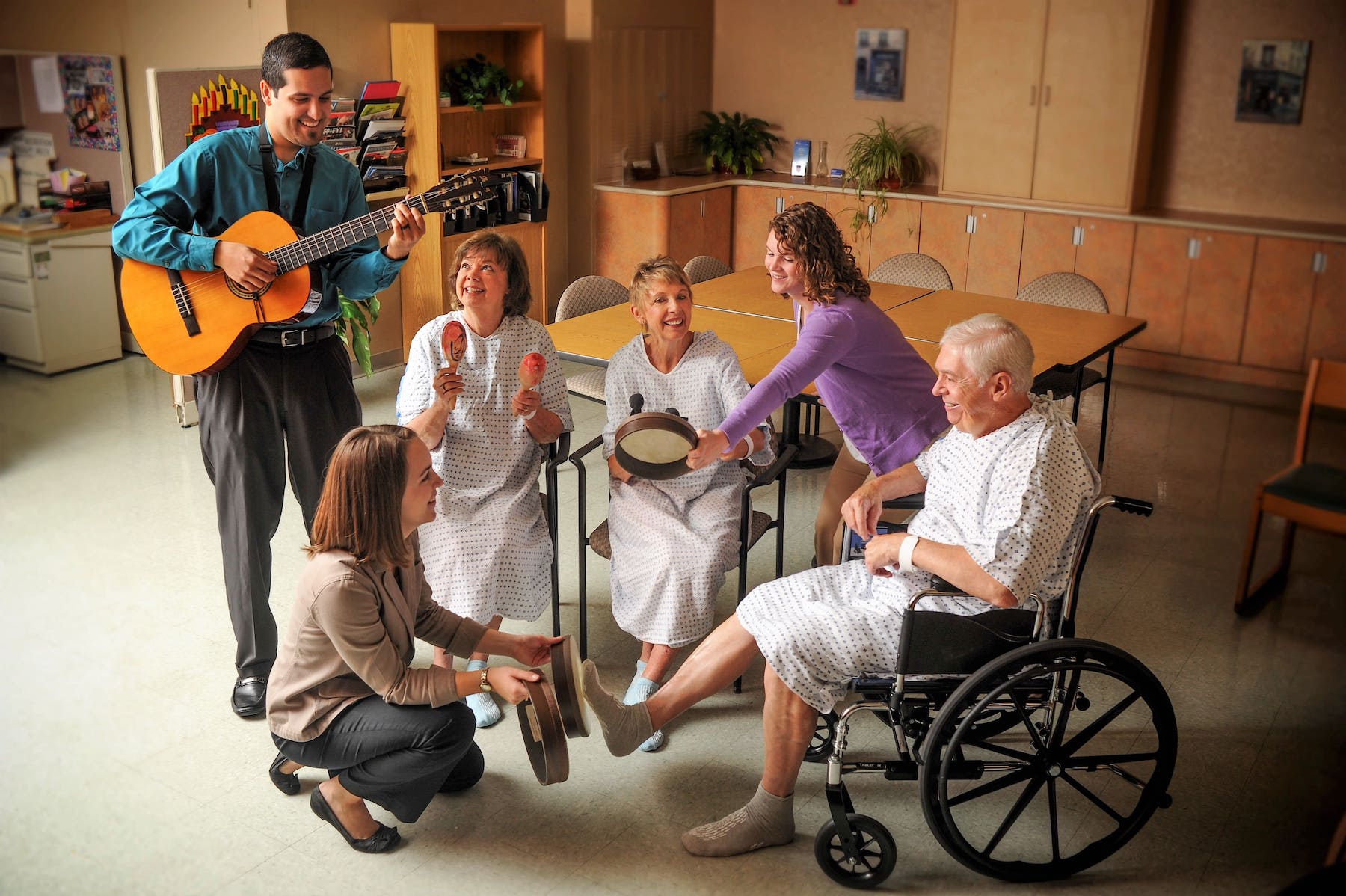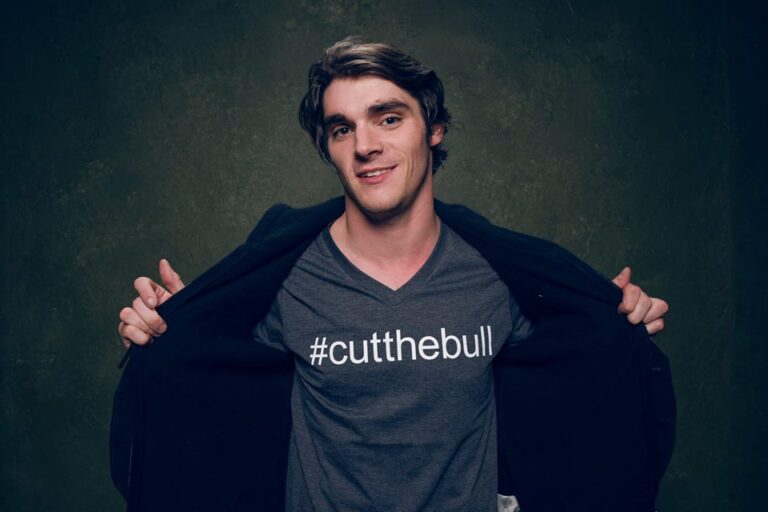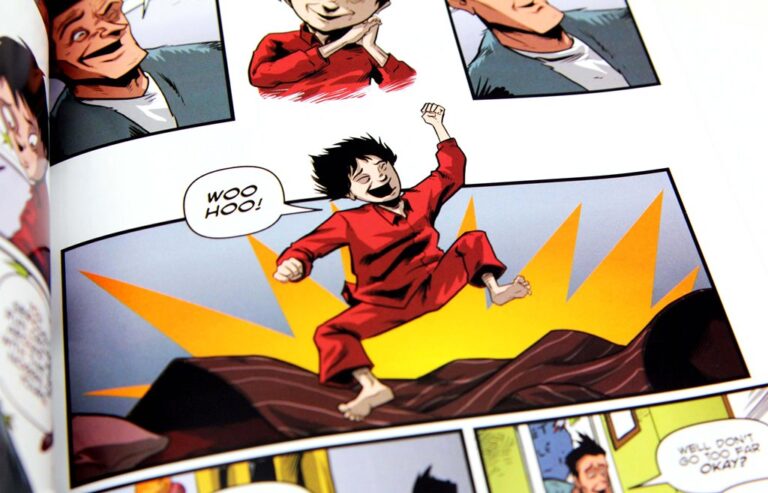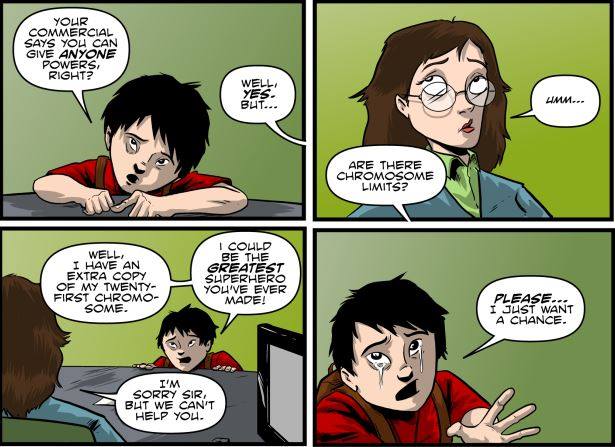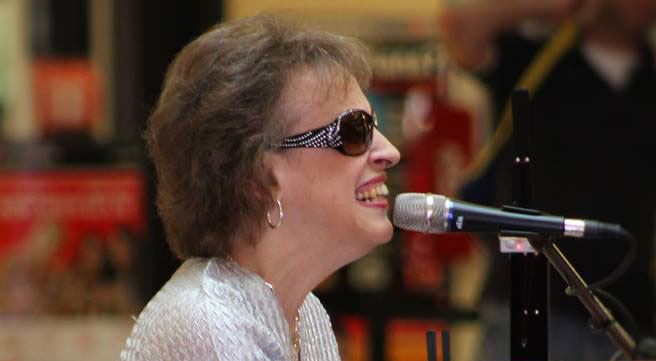The Americans with Disabilities Act (ADA) requires stores, including grocers, to meet a level of accessibility. Yet, that doesn’t make supermarket shopping especially appealing to consumers with disabilities or seniors. Hurdles exist; for example, aisle displays hinder accessibility, electric shopping carts aren’t always charged or functional, signage isn’t available in braille and, well, accessible transportation to even get to a grocer may be problematic. In fact, a Bureau of Transportation report found that more than half a million disabled people never leave home because of transportation difficulties. However, home delivery services and subscriptions may provide convenient solutions for improved accessibility to food and much more.
Grocery Delivery
Founded in 2014 and now available in more than 70 markets nationwide, Shipt is a grocery service offering same-day delivery thanks to a fleet of personal shoppers. It’s easy to use; place an order and schedule a delivery time through the Shipt app. Memberships ($99/year) grant customers unlimited deliveries from Publix, Kroger, ABC Fine Wine & Spirits and other retailers with free delivery on orders $35+ (otherwise $7 fee). In December 2017, Target acquired Shipt, so soon same-day delivery will also be available for most anything the big-box chain carries including electronics, home essentials and more.
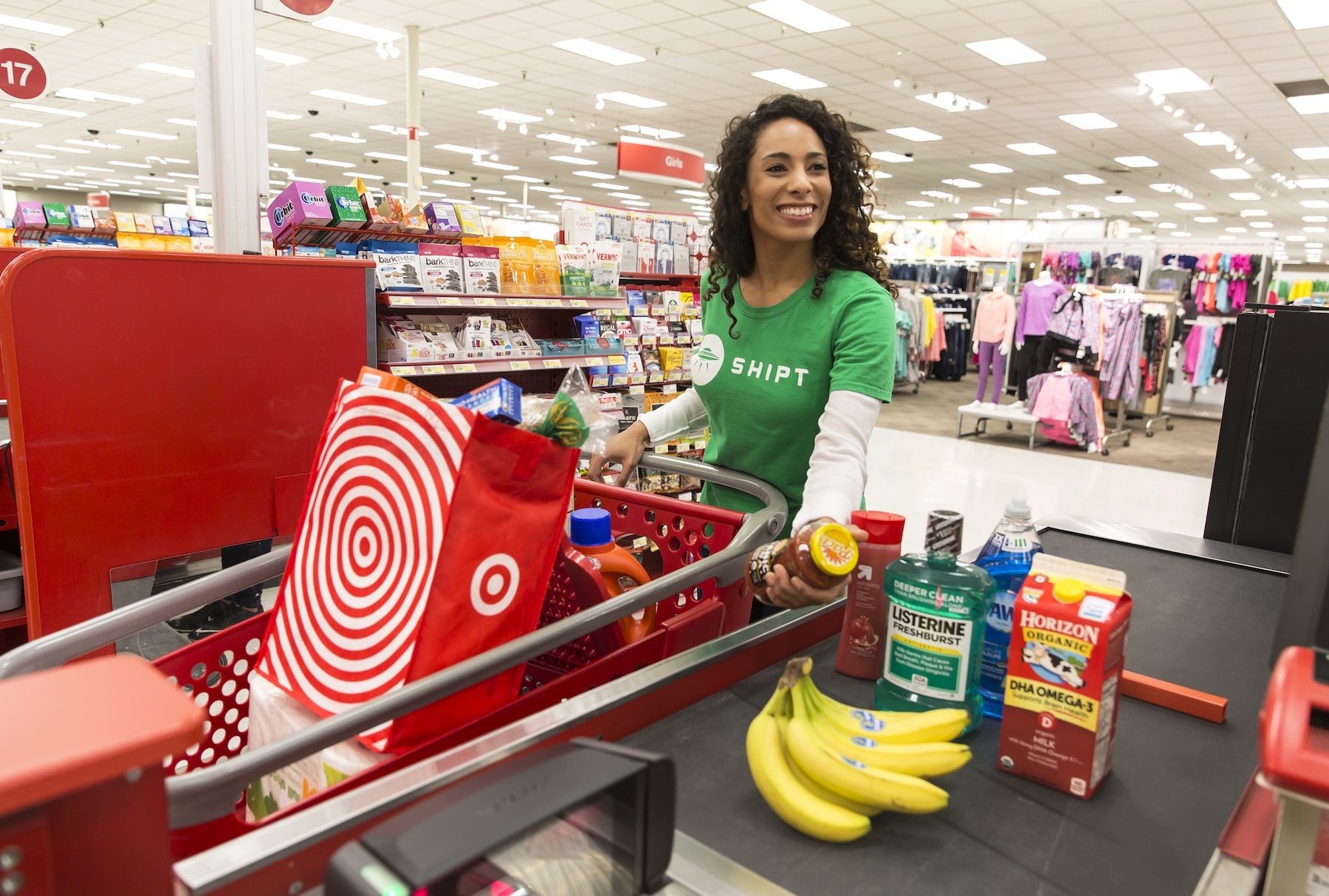
Competitors like Instacart and WeGoShop offer similar delivery services with stores like Costco, CVS Pharmacy, Petco, Publix, Whole Foods and Total Wine & Spirits. Plus, if you’re vacationing at the most magical place on Earth, Goodings Supermarket delivers to Walt Disney World Resorts. And, have you ever wished for a grocery drive-through? Well, Walmart now has it ─ and without added costs. They invite you to shop online, set a pick-up time and, then, use the designated grocery parking area at your local store where a Walmart associate will load your items into your car.
Government Distribution
The U.S. Department of Agriculture (USDA) told AmeriDisability that, “improving food access to the elderly and disabled who are unable to shop for food is essential.” The USDA explains that its Supplemental Nutrition Assistance Program (SNAP) “is the nation’s nutrition assistance safety net [formerly known as food stamps]. Some Americans need additional support to put food on the table for their families because they are unable to find work due to age or disability, or because they work but do not earn enough. Eligible households can supplement their family’s nutrition with SNAP benefits during the tough times and then transition off the program when circumstances change and they move to self-sufficiency.”
Because nearly 1-in-5 SNAP participants are either elderly or disabled ─ and, therefore, may face unique obstacles to obtain groceries ─ in 2016, the USDA launched a delivery pilot program to improve access to food. “Home delivery of groceries will help ensure that elderly and disabled SNAP participants who are unable to shop for food have access to the nutrition they need to maintain a healthy diet,” said Kevin Concannon, Undersecretary for Food, Nutrition and Consumer Services, in a press statement. “Home delivery is particularly important for seniors living in rural areas because America’s rural population is older than the nation overall and rural seniors experience higher poverty than others.”
The year-long pilot took place in five states with delivers executed by partnering organizations: Denver Food Rescue (Denver, CO), Lutheran Social Services of Nevada (Las Vegas, NV), Many Infinities, Inc. (Alabaster, AL), Senior Services of Alexandria (Alexandria, VA) and Store to Door (Roseville, MN). Regarding the future of this SNAP initiative, the USDA told AmeriDisability Services, “Outcomes from the trial period including feedback from the participating organizations are being evaluated, as lessons learned during the pilot will help shape final rulemaking.”
Meal Service
Foodies can not only forgo shopping but also bypass menu planning and food preparation. That’s because culinary experts have designed convenient meal delivery kits featuring ready-to-make gourmet goodies. Interested? Check out kit reviews at Reviews.com.
BlueApron was among the first to mix up everyday meals for at-home cooks with weekly subscriptions. Vegetarian or meat/fish options serve ample portions; and, since step-by-step instructions come with ingredients, all you need is gear—pots, pans, spatula, etc. Using either two-person or four-person recipes, you can savor dishes beyond your standard go-to meals. Likewise, Hello Fresh offers customizable chef-curated recipes for fresh servings cooked in less than 30minutes. Both companies ($9.99+ per meal) also have wine pairings so you can toast to your convenient culinary concoctions.
Chef’d has an impressive assortment of breakfast, lunch, dinner and dessert choices, but without subscription requirements. Place orders ($29 for 2 meals) to satisfy cravings as needed. Select kits based on ingredients, cook time, cuisine type, dietary style (i.e. paleo, gluten-free), etc. Gobble fast-tracks the same concept using 3-step recipes ($11.95 per meal) prepared in one pan in15 minutes – because less clean-up is absolutely appetizing, right?
Other food delivery kits satisfy specific hungers, like Harbour Trading which delivers wild-caught seafood ($35 per meal); Foodstirs, a modern baking company for those who love sweets ($14+ per kit); and SunBurst, specializing in organic and sustainable goods for clean eating. You can drink up beverage deliveries too. Like MistoBox for coffee ($13 per week), Winc for wine ($13 per bottle), CraftX for beer ($60/month for twelve 16-oz. cans) and Mash & Grape for spirits ($49+ per month).
For those who need meal deliveries without the burden of cooking, Meals on Wheels America supports more than 5,000 community-based senior nutrition programs nationwide. Volunteers deliver meals, offer transportation, conduct safety checks and more. For example, the Seminole County chapter in Sanford, Florida delivers up to two meals per day, Monday-Friday, to homebound residents who are 60+ years and unable to prepare healthy meals. There is no cost, although donations are recommended.
Restaurant Delivery
Some establishments, like pizza parlors, offer home delivery. But, for restaurants that don’t, consumers do have options. Uber Eats is a food delivery app from Uber (yup, the popular transportation service) that makes “getting great food from your favorite local restaurants as easy as requesting a ride.” Use the app to browse restaurant choices, place your order (booking fee applies) and track it. Also try BiteSquad, GrubHub, Delivery Wow, Door Dash and Door Step Delivery.
Medication Supply
Many pharmacies offer medication delivery, such as Walgreens, CVS, Walmart and even local grocers. Some insurance companies allow for a 90-day supply to be delivered directly to your doorstep, rather than the standard 30-day supply from pharmacy pick-up counters. Other online medication outlets, like TriCare, offer home delivery as well.
Just for Fun
Don’t let date night excitement fizzle out because of accessibility limitations; opt for a fun at-home kit through DateBox Club. Monthly subscriptions, ranging from one to twelve dates ($29+/month), promise “awesome, one-of-a-kind dates that will have you laughing, connecting and communicating in totally new ways.” Similarly, Faith Night In ($35 per date) aims to deepen a relationship with God and with each other through thought-provoking home-based date experiences. And, in today’s digital world, entertainment is often attached to a screen but it doesn’t have to be! Unplug for unforgettable amusement with Game Box Monthly. As the name suggests, deliveries bring a new tabletop game so you can connect with the ones you love through classic pastimes.
Lastly, for just about anything, there’s Amazon. You can order an array of over-the-counter medications, household goods, food items, clothing, games and so on. Amazon Prime members ($99/year) get unlimited free two-day shipping, plus access to movies, music and Kindlebooks.





